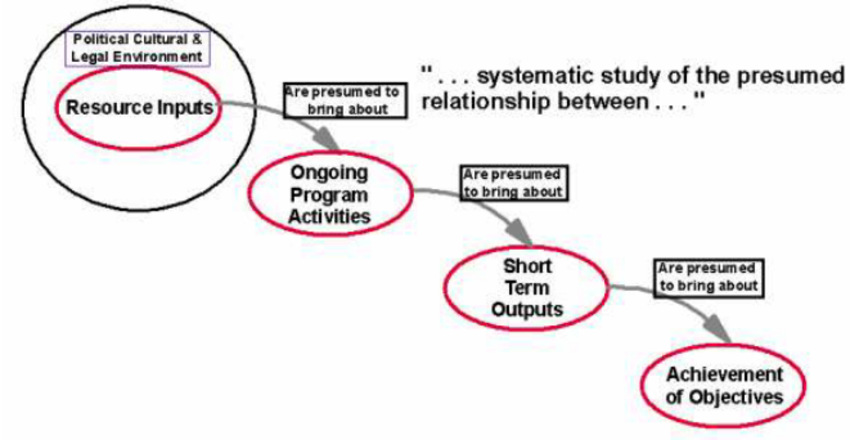There’s a mythical person it seems that most everyone wants to be like, the spontaneous, carpe diem, grab-my-overnight-bag-and-go-at-the-drop-of-a-hat person. The person who doesn’t overly think things through. The person that feels the best way to start a project is to just start it and go from there.
Real life, however, is not so romantic. Real life is more like having to suffer through the consequences of just starting and not worrying about thinking things through.
The spontaneous person figures out what they want to eat every night and goes with that idea. Real life is more like having to run to the store every day because what you spontaneously decided to make requires ingredients that you don’t have in your house.
The spontaneous person starts building that tree house for his kids when they ask. Real life is that guy running to Lowe’s 4 times a day for the next three days because he doesn’t have the screws, impact driver and sufficient lumber to finish. And he doesn’t know what he needs until he needs it and doesn’t have it.
The idealist chef simplifies her menu, cuts down on prep and creates a couple of signature dishes that will earn a high return. The reality is that when she is right and those dishes are ordered at crazy high rates every night, she runs out of the ingredients only half way through the main serving window. Does she think those people will be back? Can she realistically answer the negative posts about her place running out of food, especially the signature dish?
The norm for businesses today is that a senior leader at some level will make a seemingly innocuous decision that is for the good of the entire company only to wonder in the months ahead why there is so much push-back from these two divisions. The people are nice and all, but they won’t accept the direction and keep trying to tell you that your direction is either untenable, or cannot be done given the resources, or that it will negatively affect a major effort that you’ve assigned them elsewhere. It was perfectly rational for that leader to promulgate a table of 85 goals for the year to his team that was also binding to other VPs and their directorates. Only the issuing VP didn’t realize that to some people in the company, many of the goals were contradictory or made for impossible prioritization decisions.
Most often, boring brings home the bacon. Mr Spontaneous Guy can never really get why his ideas don’t work. Miss Rock Steady Boring Boss is the one who thinks through all the necessary implications of her ideas and isn’t surprised when things happen because she expected them to and had that in her plan.
I find it helpful to think of every activity in any organization, business or family as the following equation:
Your Activity = ∫Ax x Bx x Cx…
For any activity you undertake in life, from selling a horse, to arriving at work on time, to planning a vacation, certain variables interact with each other to determine the outcome.
There are only two ways it works. Most do what they’re doing (on the right hand side) and accept whatever outcome they get (almost invariably the “we’re doing it this way ’cause we’ve always done it this way” option). But there’s another option.
If you know what you want to achieve (your desired outcome on the left side of the equation), then you must figure out how to make the values of the variables on the right work together to equal what you want to achieve on the left. Merely finding all the causal variables is difficult. Putting them together in a sufficient combination with the right values is the hard part.
Change the value of any one variable, and you affect the value of your outcome. But change the value of any variable, and you may also change the value of other variables as well, which then affects the outcome even more.
Some variables are necessary. Others are sufficient. You need to know the difference and how it impacts the outcome. For example, there may be 10 variables which causally influence your desired outcome. You may find 2 that are necessary when paired with any two others, which would then be sufficient for your level of desired outcome.
So before you make a decision, I’d recommend strongly that you consider all the variables that go into a decision. If you are doing any kind of planning, do not assume away any of your variables. It is critical to list all your known variables, then aggressively challenge how you know their values and validate them all.
Then I want you to consider one more thing. Each of your decisions that forces an action has a consequence. Nearly every one is foreseeable. But not all are foreseen. It ties in to what we just discussed above. When you change a variable, you necessarily change the outcome. When you put a directive in action, you necessarily will have consequences. You hope that the consequences are the outcomes you want. But it is surprising how many people every day make decisions without even understanding the natural consequences of those decisions.
You might contract to build a new product thinking that you have plenty of line capacity to do so. But the additional people required to run that line on the third shift max out your facilities. You may have parts for that bar code printer in case it goes down, but do you have sufficient trained personnel to fix it on each shift or do you have to shut down production to call the vendor’s maintenance team? You might dedicate the next sprint review to developing a new capability in your software that will drive demand from the users that the developers never realized would be used the way the licensees use it which stress a different part of the code in a way you didn’t realize.
This process forces truth into your daily life. There is no such thing as magic pixie dust.
Take the time to think through all your variables and all the potential consequences. Then make an informed and deliberate decision with confidence that you won’t be surprised down the road.
Keep thinking.






Leave A Comment